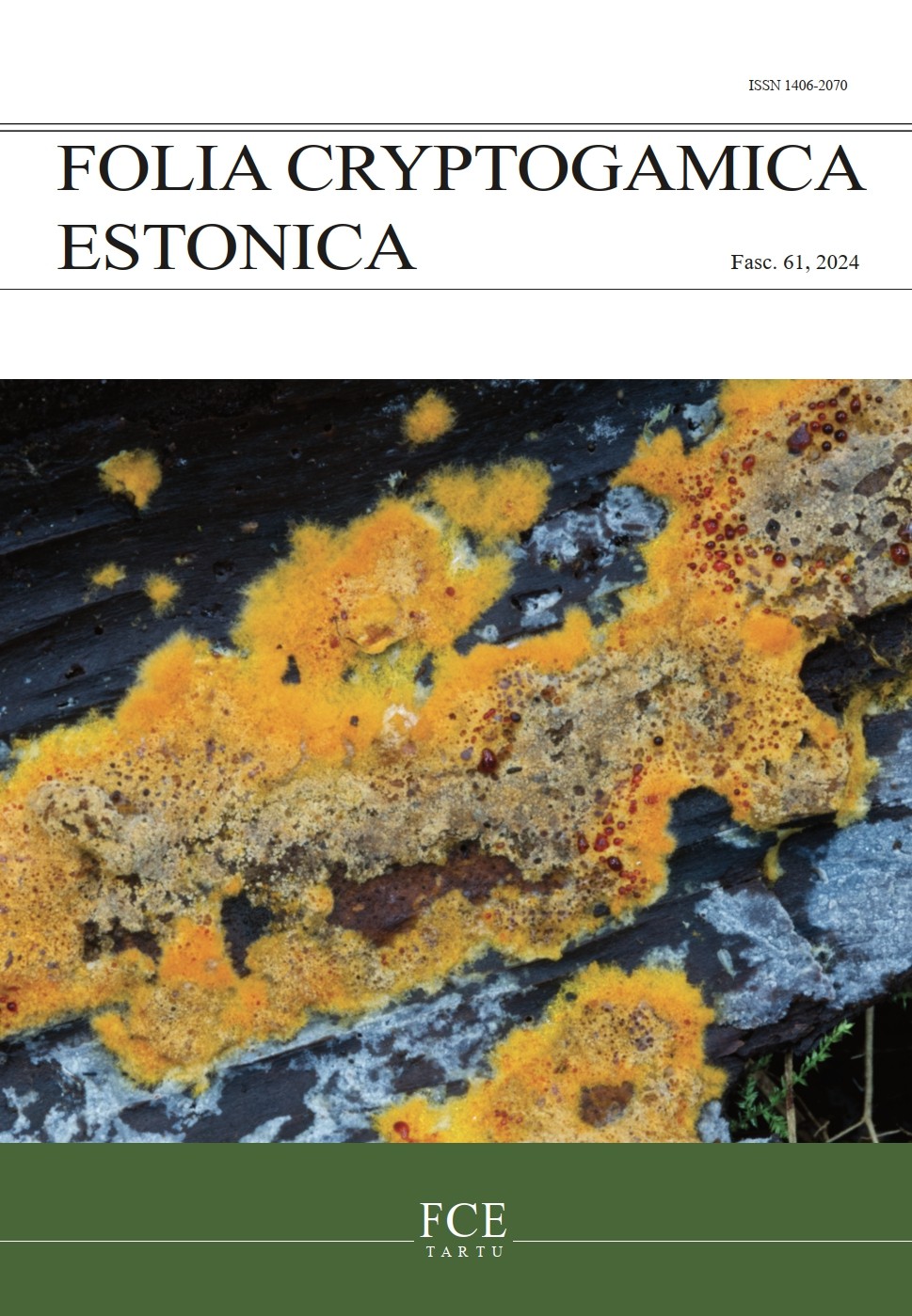Syntrichia ruralis as a suitable bioindicator for urban areas – the case study of Tallinn city
DOI:
https://doi.org/10.12697/fce.2024.61.03Keywords:
bioindication, mosses, bryophytes, heavy metals, Cu, Cd, Fe, particulate matter, urban environment, pollutionAbstract
Environmental pollution is one of the most important problems in urban environment. Mosses are good indicators of air pollution. In Estonia, heavy metals have been measured from Pleurozium schreberi and Hylocomium splendens, which do not grow in areas of Tallinn with a higher pollution load. In the present study, Cu, Fe and Cd were measured from five moss species growing in contaminated as well less polluted areas of Tallinn. Based on stationary and street pollution source inventory and air pollution dispersion modelling, the long-term average concentrations of fine particles (PM10) and nitrogen oxides (NOx) in air were estimated. The work revealed that it is possible to find a moss species that is common in Tallinn and grows in both polluted and less polluted areas – Syntrichia ruralis, which is the most suitable species for bioindication based on this work. Moss species Ceratodon purpureus accumulated the most Cd, Cu, and Fe, then Brachythecium rutabulum/Sciuro-hypnum curtum, and Rhytidiadelphus squarrosus the least. Statistically significant higher Fe concentrations were in the Syntrichia ruralis, compared to the Sciuro-hypnum curtum and Rhytidiadelphus squarrosus. The Syntrichia ruralis also had significantly higher Cd content compared to the Brachythecium rutabulum/Sciuro-hypnum curtum. The results of the GLM analysis showed that the content of various heavy metals depends on the moss species and the degree of fine particles in the environment, and it didn't depend on whether the moss grows on the soil or a hard substrate such as concrete, stone or asphalt.


